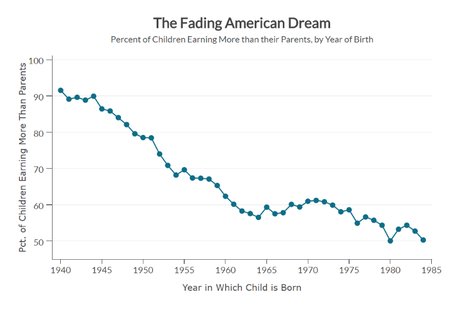(p. 22) The four Keats siblings, John and George, sister Fanny, and a third brother, “star crossed” Tom, dead of tuberculosis at 19, were all well schooled in the World of Pains. The orphaned children of a shiftless stable hand, they survived on the miserly dole of a tea merchant appointed their guardian. “The lives of these orphans,” Gigante remarks, “do have the makings of fairy tale.” John trained in medicine before taking up the far riskier profession of poetry; reviews of his ambitious long poem “Endymion” were so harsh that Byron cruelly joked he was “snuffed out by an article.” George limped along as a clerk in various mercantile firms, dreaming of something more adventurous.
Gigante has had the clever idea of telling the stories of John and George as parallel lives, a dual biography of brothers.
. . .
In her view, George’s departure to America with his young wife, Georgiana, was “an imaginative leap across 4,000 miles onto the tabula rasa of the American dream.” And yet, nothing — nothing, that is, beyond his famous brother — distinguishes George from thousands of other immigrants who joined in the Western migration during the tough years following the French Revolution, when it became painfully clear that possibilities for advancement in class-stratified Great Britain were severely curtailed.
. . .
The land of opportunity was also the land of crushing disappointment. On his second trip to America, after blowing his inheritance on a dubious investment with his elegant friend and neighbor Audubon, and retreating from the bleak prairies to more civilized Louisville, George finally completed his sawmill. (He would have been wiser to invest in Audubon’s pictures of otters and buzzards than a crackpot steamboat scheme.) After a few years of profit, when he built a columned mansion equipped with slaves near the center of town, George lost it all again in the Panic of 1837.
For the full review, see:
CHRISTOPHER BENFEY. “Ode to Siblings.” The New York Times Book Review (Sunday, October 16, 2011): 22.
(Note: ellipses added.)
(Note: the online version of the review has the date OCT. 14, 2011, and has the title “A Keats Brother on the American Frontier.”)
The book under review, is:
Gigante, Denise. The Keats Brothers: The Life of John and George. Cambridge, MA: The Belknap Press of Harvard University Press, 2011.


